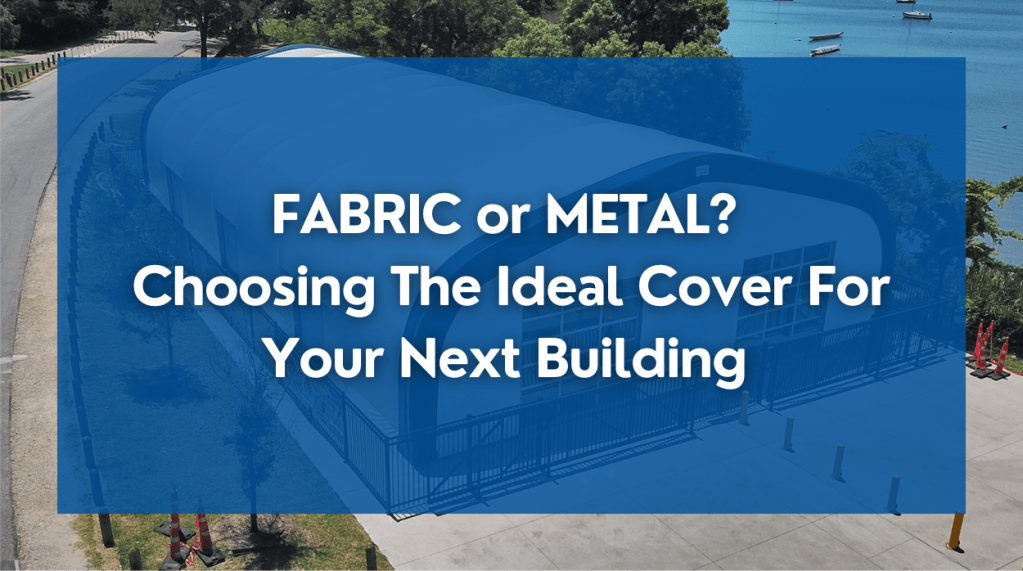When considering building options for either long-term or short-term solutions, fabric and metal structures present distinct advantages and limitations. Here’s a detailed comparison to help you make an informed decision.
- Natural Diffused Light : Fabric buildings offer natural, diffused light reducing the need for artificial lighting during daylight hours and lowering energy consumption. This creates a brighter, more inviting environment without shadows and the higher energy bills.
- Airflow and Ventilation: Fabric structures excel in providing excellent airflow and ventilation, creating a more comfortable and healthier indoor environment. Metal buildings, while sturdy, often require additional ventilation systems to ensure adequate air circulation.
- Interior Space and Support: One of the standout features of fabric buildings is their ability to span wide areas without the need for internal columns or supports, maximizing usable space. This open design is ideal for various applications, unlike metal buildings that often need internal supports, which can limit interior configurations.
- Corrosion Resistance: In corrosive environments, fabric buildings can have a significant advantage as they resist corrosion far better than metal structures. Metal buildings may require treatments and coatings to prevent rust and degradation over time, adding to maintenance expenses.
- Foundation and Installation Costs: Fabric buildings may offer lower foundation and installation costs compared to metal counterparts. They are lighter, easier to handle, and quicker to erect, resulting in reduced labor and material expenses, making them an economical choice.
- Maintenance and Repairs: Fabric buildings generally require less maintenance and fewer repairs. Their materials are resilient to dents and remain flexible, adapting seamlessly to environmental changes. Metal buildings, though durable, are prone to dents, rust, and require more frequent maintenance.
- Air and Moisture Leakage: Fabric buildings offer less air and moisture leakage. Metal buildings require many screws and can experience leaks at seams and joints, necessitating additional sealing measures to maintain integrity.
- Relocatable and Expandable: Fabric structures are easily relocatable and can be expanded when you require more capacity. This flexibility makes them ideal for growing businesses or changing needs, whereas metal buildings are less adaptable to relocation and expansion.
- Seismic Locations: In seismic sensitive zones, fabric buildings are the safer choice, allowing for more movement and shifting compared to rigid metal structures. This flexibility enhances durability and safety in challenging environments.
- Noise Reduction and Thermally Non-Conductive: Fabric buildings are thermally non-conductive, reducing heat transfer. They also generate less interior noise than metal buildings, creating a quieter, more comfortable indoor space.
In summary, while metal buildings are a good solution, fabric buildings offer advantages in cost, flexibility, and adaptability. For anyone seeking an efficient, versatile, and low-maintenance solution, fabric buildings are the clear winner.

